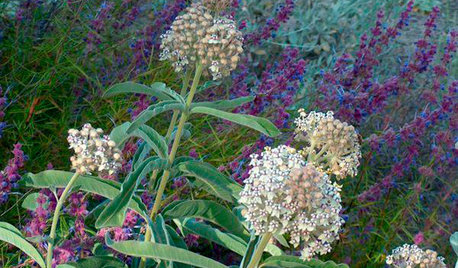Top-dressing clay soil with sand mixture
ryank817
11 years ago
Featured Answer
Comments (13)
rager_w
11 years agodchall_san_antonio
11 years agoRelated Professionals
Holly Springs Landscape Architects & Landscape Designers · New Bedford Landscape Architects & Landscape Designers · Kyle Landscape Architects & Landscape Designers · Prairie Ridge Landscape Architects & Landscape Designers · Buford Landscape Contractors · Allentown Landscape Contractors · Wilmington Landscape Contractors · Brandon Landscape Contractors · Dinuba Landscape Contractors · Kailua Landscape Contractors · Longview Landscape Contractors · Medford Landscape Contractors · Oviedo Landscape Contractors · The Villages Landscape Contractors · Roseville Swimming Pool Buildersgrass1950
11 years agodchall_san_antonio
11 years agotiemco
11 years agonearandwest
11 years agograss1950
11 years agograss1950
11 years agonearandwest
11 years agomistascott
10 years agodchall_san_antonio
10 years agoCalico_Marty
10 years ago
Related Stories

GARDENING GUIDESGardening Solutions for Heavy Clay Soils
What’s a gardener to do with soil that’s easily compacted and has poor drainage? Find out here
Full Story
GARDENING GUIDESHow to Stop Worrying and Start Loving Clay Soil
Clay has many more benefits than you might imagine
Full Story
LANDSCAPE DESIGNHow to Shape a Rain Garden and Create the Right Soil for It
Learn how to grade, lay out and amend the soil in your rain garden to support your plants
Full Story
FARM YOUR YARDHow to Get Good Soil for Your Edible Garden
The nutrients in your soil feed the plants that feed you. Here are tips on getting it right — just in time for planting season
Full Story
GARDENING GUIDES10 Solutions for Soggy Soil
If a too-wet garden is raining on your parade, try these water-loving plants and other ideas for handling all of that H2O
Full Story
GARDENING GUIDESInvite Cellophane Bees to Your Garden by Providing Patches of Bare Soil
Look for cellophane bees (Colletes) pollinating flowering trees and shrubs in U.S. gardens this spring
Full Story
GROUND COVERSGround Force: 10 Top Ground Covers for Your Garden
Protect your soil from weeds and drought this summer with a living mulch of ground covers
Full Story
GARDENING GUIDESGreat Design Plant: Wild Lupine Dresses Up Rocky Gardens
Spiky blue flowers and a high tolerance for poor soil make this plant ideal for tough sites
Full Story
LIFEThe Top 5 Ways to Save Water at Home
Get on the fast track to preserving a valuable resource and saving money too with these smart, effective strategies
Full Story
GARDENING GUIDES10 Top Native Plants for Southern California Gardens
Enjoy a fuss-free, water-wise garden by growing plants naturally in tune with the climate and wildlife of Southern California
Full StoryMore Discussions







dchall_san_antonio